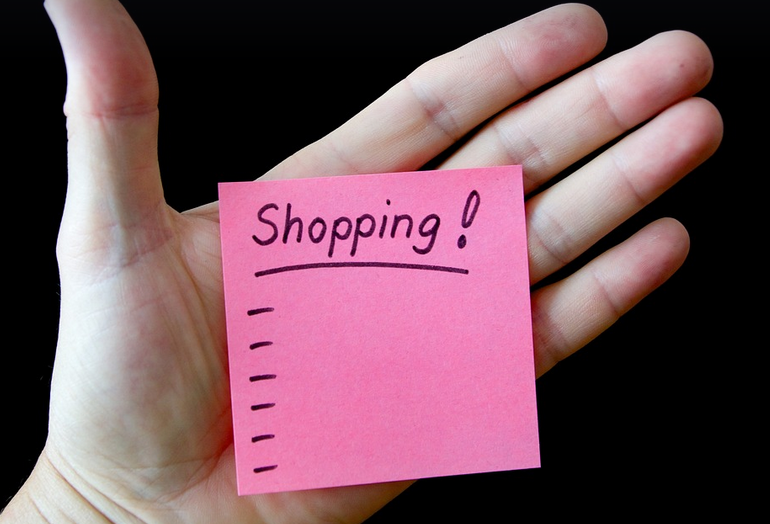How To Prepare A Balance Sheet For Your Small Business

Unveiling the Power of Your Financial Snapshot
Your balance sheet is like a snapshot of your small business at a specific moment in time. It’s a core component of financial reporting, a cornerstone for understanding your company’s health and future trajectory.
Imagine it as a visual representation of what you own (assets) versus what you owe (liabilities) and what your owners have put in (equity). It’s a powerful tool used by lenders, investors, and even insurance companies to assess the financial stability of your business.
Think about it like this: A strong balance sheet is like having a solid foundation for building something successful. It provides clarity on where your money is coming from, where it’s going, and how much room you have for growth.
For small businesses, the balance sheet isn’t just about numbers; it’s about understanding your business’s essence – its assets, liabilities, and equity.
Why It Matters
There are many reasons why a well-prepared balance sheet is vital for your business. Here are a few:
- Unlocking Funding Opportunities: A detailed balance sheet can be a goldmine for securing loans or investor funding. Lenders use it to assess the risk associated with investing in your business.
- Evaluating Your Financial Health: It provides insights into your company’s financial stability, allowing you to identify areas of strength and potential weaknesses.
- Making Informed Business Decisions: You can make strategic decisions regarding investments, expansion, or acquisitions based on the balance sheet’s detailed analysis.
- Setting Growth Goals: A balanced sheet helps define your business goals, allowing you to focus resources effectively on projects that contribute most to your success.
The Anatomy of Your Balance Sheet
Let’s delve into the components that make up a balance sheet and how they connect:
**Assets:** This is the first section; it encompasses what you own. These include tangible assets like cash, inventory, property, equipment, and even intangible assets like patents, trademarks, and goodwill.
**Liabilities:** Here, we see what your business owes. Liabilities are obligations that must be settled, such as loans, accounts payable (bills to vendors), and outstanding taxes.
**Equity:** This is the difference between your assets and liabilities—it’s your ownership stake in the business. It’s calculated by subtracting total liabilities from total assets.
To summarize, a balance sheet has three main sections: Assets, Liabilities and Equity. The sum of these sections must always equal zero (i.e., Assets = Liabilities + Equity).
Creating A Balance Sheet – A Practical Guide
Okay, now let’s get down to the nitty-gritty of creating a balance sheet for your small business.
**Step 1: Gather Your Financial Documents:** Start by collecting all necessary financial data from invoices, bank statements, loan agreements, and any other financial records you maintain.
**Step 2: Determine the Timeframe:** Will it be a snapshot of your current state, or do you need to build one over time? This will inform how detailed and specific your balance sheet needs to be.
**Step 3: Gather Your Data:** List all your company’s assets (what you own), liabilities (what you owe), and equity. As mentioned earlier, it’s a great idea to use accounting software to simplify the process!
**Step 4: Double-Check Everything:** Do a final review of your balance sheet for accuracy and completeness. This step is crucial for ensuring a reliable financial picture.
**Step 5: Review, Analyze, and Act:** Once you have completed your balance sheet, analyze it to see how well your business is doing financially. What are your strengths? What areas need improvement?
The Balance Sheet in Action: A Practical Example
Let’s imagine a small bakery named “Sweet Treats.” Here’s an example of what their balance sheet may look like:
**Assets:** * Cash: $5,000 * Inventory: $12,000 * Equipment: $15,000 * Building: $100,000 **Total Assets:** $175,000 **Liabilities:** * Loan Payable: $5,000 * Accounts Payable: $2,000 **Total Liabilities:** $7,000 **Equity:** * Owner’s Equity: $168,000 **Total Equity:** $168,000
Note: This is just a sample. Your bakery’s balance sheet will vary depending on your specific financial situation.
Benefits of Regularly Updating Your Balance Sheet
The beauty of the balance sheet lies in its dynamic nature. It’s not a static snapshot; it’s an evolving record of your business’s journey.
**Step 1: Analyze Changes:** Analyze any significant changes to your assets, liabilities or equity. For instance, if you purchase new equipment or take out a loan, it will directly impact your balance sheet.
**Step 2: Periodic Review and Adjustments:** This is crucial for understanding the overall health of your business. Set aside dedicated time each quarter (or as needed) to review your balance sheet.
**Step 3: Plan and Act:** Once you review, identify areas where adjustments can benefit your business. For example, if your asset value has increased, you might consider reinvesting some profits in expanding your business or making other strategic acquisitions.
**In Summary**: The balance sheet is a powerful tool for small business owners to understand the financial health of their companies, make informed decisions about investments and growth, or plan for future needs. It’s a roadmap that guides you through the complex world of finance.
Let me know if you have any specific aspects or questions about this process! We can create more tailored content based on your business’s details.
